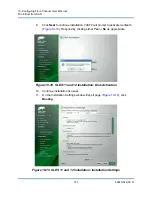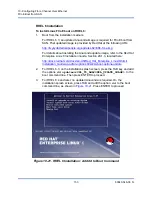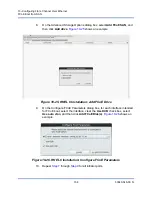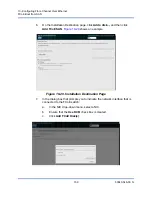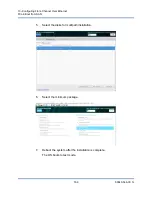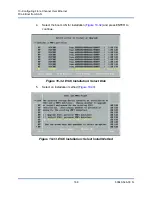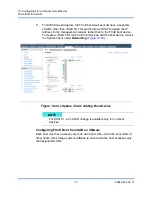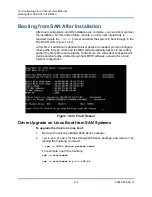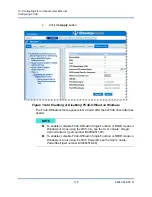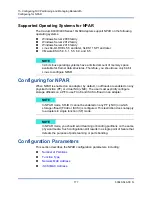
10–Configuring Fibre Channel Over Ethernet
FCoE Boot from SAN
163
83840-546-00 N
To create a configuration file for an additional FCoE interface:
1.
Change the directory to
/etc/fcoe
.
2.
Copy the sample configuration file to a new configuration file for the new
FCoE interface.
#
cp cfg-ethx cfg-<
interface_name
>
3.
Edit
/etc/fcoe/cfg-<
interface_name
>
and change the
DCB_REQUIRED
parameter value to
no
.
DCB_REQUIRED=no
4.
Rebuild the
initramfs
.
#
dracut –f
5.
Enable the FCoE service at reboot by issuing the following commands:
#
systemctl disable lldpad
#
systemctl enable fcoe
6.
Reboot the server for the changes to take effect.
Adding Additional Linux Boot Paths
Both RHEL and SLES require updates to the network configuration when adding a
new boot path through an FCoE initiator that was not configured during
installation. The following sections describe this procedure for each operating
system.
RHEL 6.2 and Later
On RHEL 6.2 and later, if the system is configured to boot through an initiator port
that has not previously been configured in the OS, the system automatically boots
successfully, but will encounter problems during shutdown. All new boot path
initiator ports must be configured in the OS before updating pre-boot FCoE boot
parameters.
To add boot paths in RHEL 6.2 and later:
1.
Identify the network interface names for the newly added interfaces by
issuing the following command:
ifconfig -a
2.
Edit
/boot/grub/menu.lst
.
NOTE
For RHEL 7, you can edit
/boot/grub2/grub.cfg
. See the Red
Hat Enterprise Linux 7 documents for more details.



